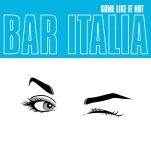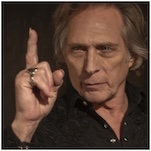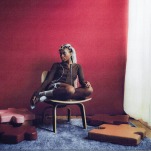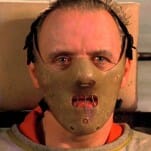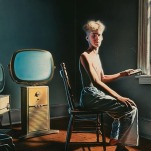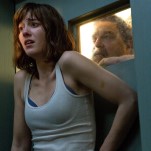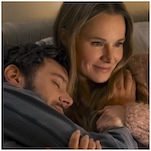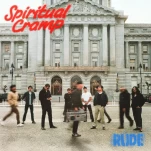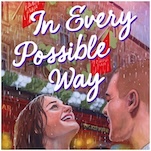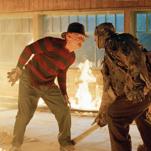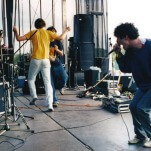Jonathan Rado Unpacks the Wonders of His New Album, For Who the Bell Tolls For
The glam-pop modernist and Foxygen co-founder breaks down all seven songs.
Photo courtesy of the artist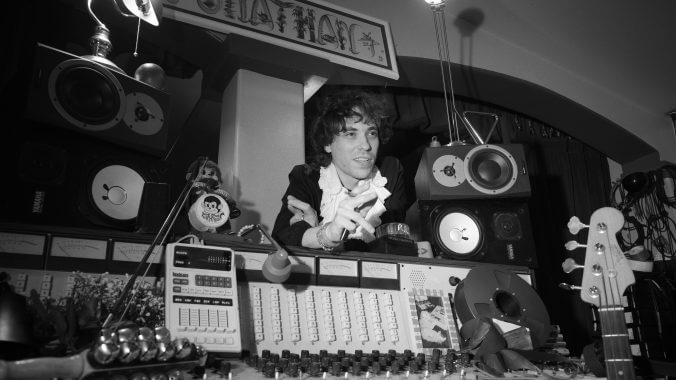
If you came up on rock ‘n’ roll in the early-to-mid-2010s, then I’m sure a band called Foxygen was crucial in shaping your taste at the time, too. Glam rock revivalism has been alive and well for as long as I’ve been alive, but Foxygen co-founder Jonathan Rado remains one of the most important contemporary figures in the genre. It’s been 10 years since he last made a solo record (Law and Order), but For Who the Bell Tolls For, in all of its retro, charming glory, feels like a first impression through and through.
Here, Rado abandons the instrumental compartmentalization he was responsible for in Foxygen by singing, shredding and composing larger-than-life pop-rock hits that sound as good as any other revivalist record in the last 10+ years. A particularly great standout track,”Easier,” was written in service to the late Richard Swift, and it endures as one of the best-sounding singles of 2023 altogether. Then there’s “Blue Moon,” packed with a melody that conjures an amalgam of David Bowie’s “Sorrow” and Randy & The Rainbows’ “Denise.” It works on every level, as Rado weaves in and out of garage rock familiarities and doo-wop pop bliss.
Sure, this track and this album sounds like it could’ve come out in 1971. But, it also sounds deftly tethered to this moment in time. Whenever a record can achieve that sort of dichotomy, I’m always floored. For Who the Bell Tolls For is Jonathan Rado at his best, as he proves time and time again that so few folks in this business have as strong of a hold on the Great American Songbook as he does.
-

-

-

-

-

-

-

-

-

-

-

-

-

-

-

-

-

-

-

-

-

-

-

-

-

-

-

-

-

-

-

-

-

-

-

-

-

-

-

-

